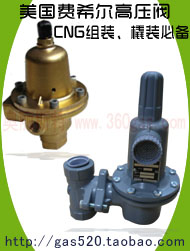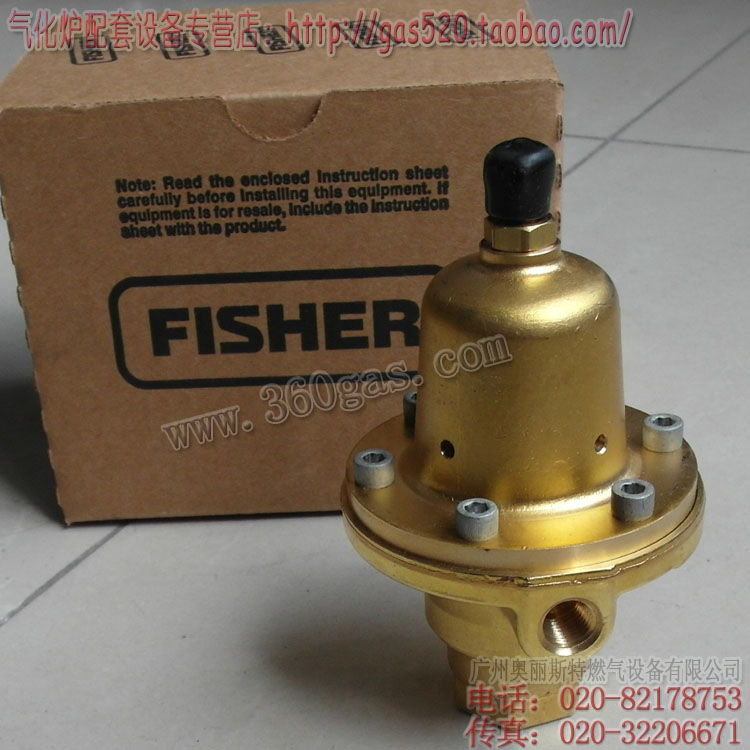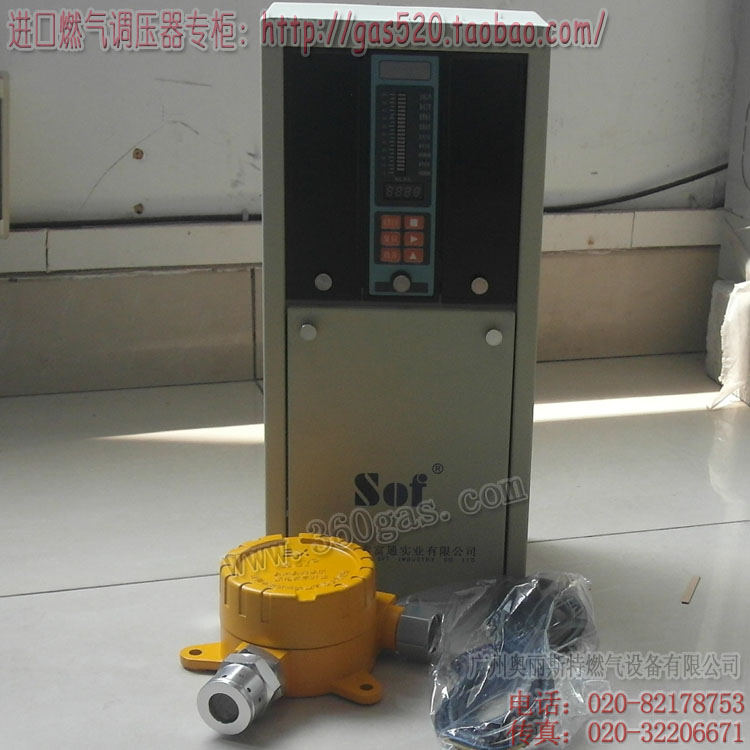位置:首页 > 燃气资讯 > Port of Antwerp Pu
Port of Antwerp Publishes Procedures for LNG Bunkering
浏览次数 672 , 日期 2014-03-17 , 燃气设备 加入收藏
The Port of Antwerp’s new Municipal Police Regulations, Port Guidelines and associated forms came into force on 9 March 2014. For the first time ever the regulations include specific procedures for LNG bunkering. With these procedures the Port Authority aims to ensure that bunkering with LNG is carried out as safely as possible. This pioneering work forms part of the Port Authority’s striving for sustainable development.
The use of LNG (Liquefied Natural Gas) as a ship’s fuel is a relatively new technology, but it is much more environment-friendly than the diesel fuels currently used. A ship powered by LNG has 85% to 90% less emissions of NOx and nearly 100% less of SOx compared with a conventionally fuelled vessel. There is also a significant reduction in CO2 emissions.
Although ships are much more energy efficient than other forms of transport, their greenhouse gas emissions still pose a challenge for the international fight against global warming. For this reason a new IMO regulation (International Maritime Organization – Marpol annex VI) comes into force in 2015 for reducing ships’ emissions in the ECA (Emission Control Area) covering the North Sea, Baltic Sea and English Channel where there are stricter controls on the use of bunker oil. The new IMO regulations focus mainly on reducing the sulphur content of bunker oil and other ship’s fuels. The use of LNG is seen as one solution for attaining the required standards.
Development and updating of procedures
Antwerp Port Authority therefore decided last year not only to promote but also to actively facilitate the use of LNG as ship’s fuel. The Norwegian classification society Det Norske Veritas (DNV) was asked to develop procedures to serve as operational standards for bunkering with LNG in a safe manner. It also investigated the possible risks of parallel LNG bunkering operations in the port.
The procedures developed by DNV for the Port of Antwerp were presented to 50 or so stakeholders, both within the port and internationally, and their feedback was taken into account in finalising the procedures. These will also be made available to other European courts that similarly wish to make LNG available.
“Since the technology for LNG bunkering is still in its early days we expect to build up new know-how during the implementation stage, and the procedures will be refined and updated on an ongoing basis,” declared Eddy Bruyninckx, CEO of Antwerp Port Authority. The forms in the police regulations for handling LNG will also be regularly updated to keep them in line with the state of the art in safe bunkering with LNG.
Construction of an LNG bunkering vessel
After a European call for tenders in 2013, Antwerp Port Authority appointed the Exmar shipping company as its strategic partner with which it will collaborate closely for construction of an LNG bunkering vessel, including the required preliminary studies.
With these initiatives the Port of Antwerp seeks to further confirm its pioneering role in the field of LNG.
The use of LNG (Liquefied Natural Gas) as a ship’s fuel is a relatively new technology, but it is much more environment-friendly than the diesel fuels currently used. A ship powered by LNG has 85% to 90% less emissions of NOx and nearly 100% less of SOx compared with a conventionally fuelled vessel. There is also a significant reduction in CO2 emissions.
Although ships are much more energy efficient than other forms of transport, their greenhouse gas emissions still pose a challenge for the international fight against global warming. For this reason a new IMO regulation (International Maritime Organization – Marpol annex VI) comes into force in 2015 for reducing ships’ emissions in the ECA (Emission Control Area) covering the North Sea, Baltic Sea and English Channel where there are stricter controls on the use of bunker oil. The new IMO regulations focus mainly on reducing the sulphur content of bunker oil and other ship’s fuels. The use of LNG is seen as one solution for attaining the required standards.
Development and updating of procedures
Antwerp Port Authority therefore decided last year not only to promote but also to actively facilitate the use of LNG as ship’s fuel. The Norwegian classification society Det Norske Veritas (DNV) was asked to develop procedures to serve as operational standards for bunkering with LNG in a safe manner. It also investigated the possible risks of parallel LNG bunkering operations in the port.
The procedures developed by DNV for the Port of Antwerp were presented to 50 or so stakeholders, both within the port and internationally, and their feedback was taken into account in finalising the procedures. These will also be made available to other European courts that similarly wish to make LNG available.
“Since the technology for LNG bunkering is still in its early days we expect to build up new know-how during the implementation stage, and the procedures will be refined and updated on an ongoing basis,” declared Eddy Bruyninckx, CEO of Antwerp Port Authority. The forms in the police regulations for handling LNG will also be regularly updated to keep them in line with the state of the art in safe bunkering with LNG.
Construction of an LNG bunkering vessel
After a European call for tenders in 2013, Antwerp Port Authority appointed the Exmar shipping company as its strategic partner with which it will collaborate closely for construction of an LNG bunkering vessel, including the required preliminary studies.
With these initiatives the Port of Antwerp seeks to further confirm its pioneering role in the field of LNG.








